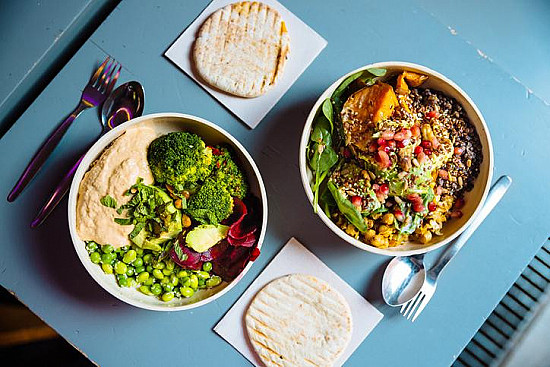Vegetable of the month: Cauliflower

Image: © Joe_Potato/Getty Images
Just a few years ago, cauliflower was considered kind of ho-hum, relegated mainly to frozen vegetable medleys or crudité platters. But these days, the mild white vegetable is far more popular, thanks to its versatility as a carbohydrate substitute. Recent diet trends that encourage people to eat fewer starchy and grain-based foods likely contributed to cauliflower's rise.
Even if you're not avoiding carbs, using cauliflower as a substitute for starchy foods such as rice is a good way to cut calories and eat more fiber. You can also make mashed cauliflower instead of mashed potatoes (see www.hsph.harvard.edu/nutritionsource/mashed-cauliflower). Or try making a pizza with one of the many cauliflower-based pizza crusts now available in most grocery stores.
Nutritional info: A cup of chopped cauliflower has only 25 calories and 5 grams of carbohydrate (compared with 150 calories and 34 grams of carbs in a similar amount of white rice). Cauliflower is also a good source of vitamin C, the B vitamin folate, and potassium.
Easy recipe: To make cauliflower rice, use a box grater to shred a whole cauliflower or put small chunks of the vegetable into a food processor and whirl until the pieces resemble rice. Sauté in a large pan with about a tablespoon of olive or vegetable oil until tender, about 5 to 8 minutes.
Disclaimer:
As a service to our readers, Harvard Health Publishing provides access to our library of archived content. Please note the date of last review or update on all articles.
No content on this site, regardless of date, should ever be used as a substitute for direct medical advice from your doctor or other qualified clinician.















